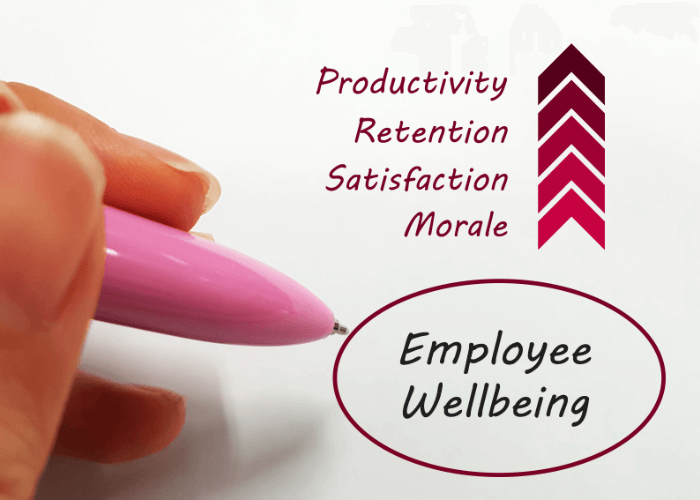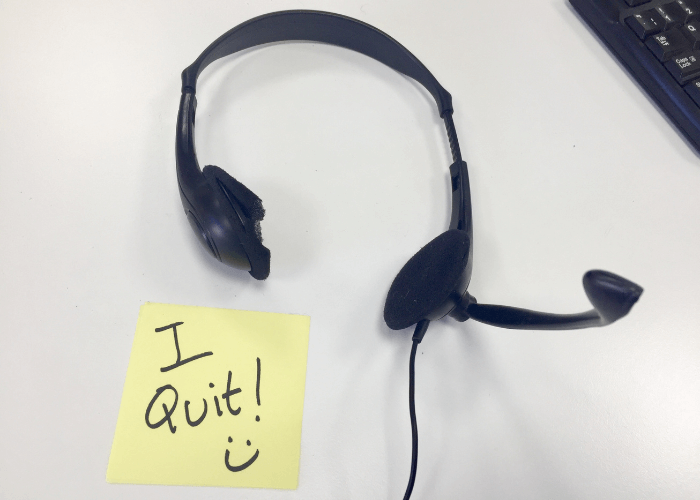Why Embracing Your Individuality Is Essential for Personal Happiness
We live in a world where diversity and inclusion are on the rise. But that doesn’t mean that it’s always easy to shatter social norms and embrace your unique talents, thoughts, appearance, or mindset.
However, if you want to be truly happy and enjoy life, you need to learn how to accept every part of yourself and not feel afraid to show the world who you truly are.
In the words of Ralph Waldo Emerson, “To be yourself in a world that is constantly trying to make you something else is the greatest accomplishment.”
If we try to fit in and change ourselves to fit other people’s ideals, we lose our sense of self and erode our self-esteem and self-worth. We also tend to suffer from a loss of confidence as we’re constantly uncertain or scared of revealing our realness. This leads to growing insecurity and uncertainty, which can have a detrimental effect on our mental health.
So, how do you become comfortable being uniquely yourself and sharing your true self with the world?
The answers lie in changing your mindset and working on your personal growth.
Be Yourself, Everyone Else Is Already Taken
Just like we each have a unique genetic makeup and fingerprint, we all have character traits and characteristics that make us one of a kind.
Oscar Wilde’s epigram about personal identity helps us to acknowledge that we have talents and qualities that no one else does. We just need to discover them and use them to create a valuable contribution to the world.
While it’s not always easy to be yourself, if you recognize that embracing your individuality is a learned process, it will get easier.
Some days, you’ll feel wholly confident in everything you do, and others will be filled with insecurities because you’re not conforming. In time, you’ll learn that being you makes you special and will boost your confidence and self-esteem.
Hiding The Real You Hurts
If you constantly put up a front or hide your real thoughts or feelings, it takes a toll on your mental and emotional health.
You’ll use all your energy projecting a fake personality, and your real thoughts, feelings, and identity will wither away. You’ll feel empty and alone, and you’ll lose touch with yourself.
While you may find that you have a large social circle or are popular when you put on a mask, the people you associate with cannot be your real friends. Simply because you’re not letting them. They’re seeing a manufactured you, and the chances are, they’re portraying themselves in a less-than-authentic light too.
If you show the world your authentic self, you may feel temporary discomfort, as those who “know” you may not feel comfortable around you anymore. This is a reflection on them and not you. You’re no longer fitting a mold that you never fitted before—and not everyone can accept this. Change is difficult, takes work, and is not always welcome.
Don’t let other people’s opinions stop you.
Embrace the mantra of valuing and loving yourself, and recognizing and accepting your uniqueness. Don’t let anyone or anything else determine your worth. You are the only person who is responsible for your happiness.
Forget Fitting And Find Your Place In The World
At some stage in our lives, we’ve worked hard to fit in, even if it meant sacrificing our principles, desires, or dreams. We do this to seek validation and feel worthy, whether in the workplace or trying to improve the way others in our social circle see us.
If you give up something to fit in, you lose a part of yourself along the way.
The pursuit of fake and temporary happiness is like putting a Band-Aid on a bullet wound.
However, if you stop trying desperately to fit in and focus on finding your true place, you’ll find real happiness along the way. Tapping into the inherent qualities that make you you will attract other like-minded people, and it will make expressing your individuality and special talents easier.
If you let go and trust yourself, the world opens up. You—and other people—will see what you have to offer without any barriers.
Truly happy people who are comfortable with themselves radiate a special kind of energy. This energy is appealing and attractive to others who can see and sense it.
Use Your Individuality To Your Advantage
Being uniquely you can extend to so much more than just your personality and talents. It also includes how you identify, how you dress, the trends you follow, and the way you seek pleasure.
If you don’t allow yourself to express your individuality in ways that speak to you, then you’ll stunt your growth. We grow through change and acceptance. If you embrace your individuality in every way, you’ll enjoy greater personal growth and satisfaction.
In a world where gender and sexual norms are shifting, non-binary fashion is trending, and body positivity is encouraged, everything is becoming mainstream and accepted. Today, there’s no reason why you should hide your authentic self.
In fact, it can even benefit you. You’ll find out how to express yourself and portray the identity that you want to share with the world or potential partners. Not just who you think the world wants to see.
Once you discover who you are, you can follow your true passions and enjoy activities that bring you joy. You’ll know exactly what you like and where you find pleasure and can seek to fulfill this side of yourself without boundaries or inhibitions.
The feeling of freedom that comes with true acceptance is hugely liberating. If you feel free and empowered, happiness is sure to follow.
Loving You For You

When Rita Mae Brown wrote, “I think the reward for conformity is that everyone likes you except yourself” she said out loud what so many of us know deep down.
Trying to fit in is a quick way to kill your personal happiness. You may attain the approval of others but you’ll never feel fulfilled.
Recognizing your individuality and sharing what makes you unique with the world is a special gift. Not only for the world but for yourself too.













